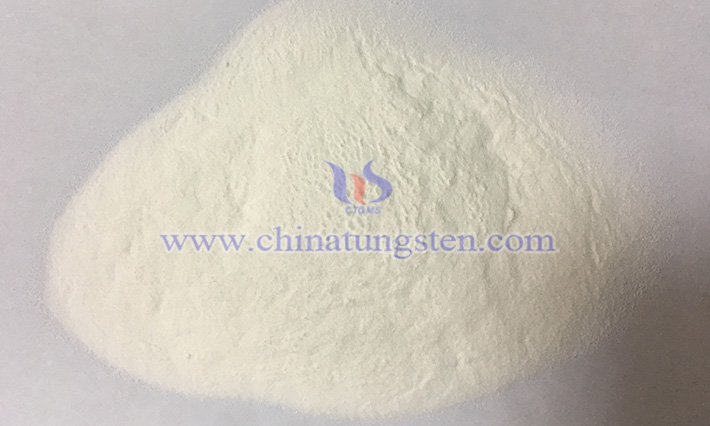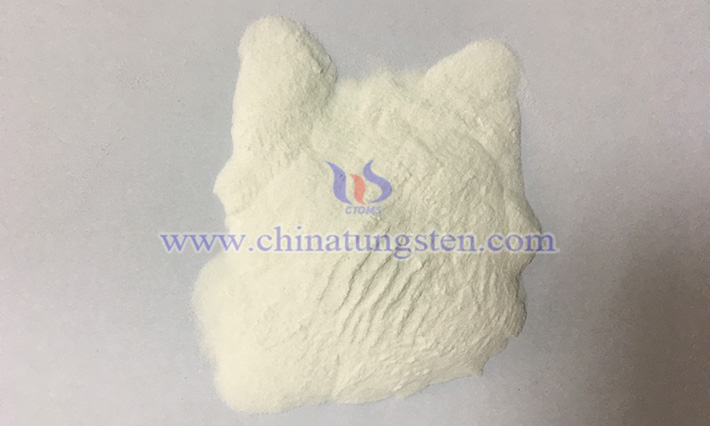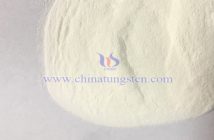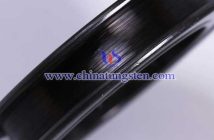Ammonium Metatungstate (AMT) is a critical tungsten compound primarily used in the production of tungsten powder, tungsten wire, tungsten alloys, and hard alloys. It finds extensive applications in electronics, aerospace, mechanical manufacturing, catalysis, and the chemical industry. The physicochemical properties of AMT, such as solubility, thermal stability, and catalytic performance, are influenced by factors including crystal structure, solution pH, preparation temperature, and other conditions.

Picture of CTIA GROUP LTD ammonium metatungstate
Factors Influencing AMT Properties
Crystal Structure:
The properties of AMT are closely tied to its crystal structure, which centers around the Keggin-type polyacid anion [H?W??O??]??, paired with NH?? cations and crystal water. The integrity of this structure directly affects solubility, thermal stability, and catalytic activity. For instance, lattice defects may reduce thermal stability or alter catalytic performance. The crystal water content (n value) also plays a role: higher crystal water content enhances solubility but may compromise thermal stability.
Solution pH:
The pH of the solution during preparation determines the polymerization form of tungstate ions, influencing the chemical composition of the crystals. In acidic conditions (pH 2-4), the stable Keggin structure forms, yielding a product with high solubility and catalytic activity. If the pH is too low, other polytungstates may form, reducing solubility or stability; if too high, mononuclear tungstates or precipitates may result, lowering product purity.
Ammonium Ion Concentration:
An appropriate NH??/WO? molar ratio (1.5-2.5) ensures the formation of pure AMT with good solubility and stability. Too low a concentration may lead to incomplete structures, diminishing catalytic performance, while excessively high concentrations may produce byproducts like ammonium tungstate, affecting product purity and application effectiveness.
Preparation Temperature:
Temperature significantly impacts the crystal size, morphology, and properties of AMT. At 50-80°C, the polymerization rate of tungstate ions is moderate, producing uniform crystal particles with good solubility and thermal stability. Temperatures above 100°C may trigger crystal decomposition, reducing thermal stability, while temperatures below 30°C may yield excessively small particles, potentially compromising performance in catalysis or material preparation.

Picture of CTIA GROUP LTD ammonium metatungstate
Solute Concentration:
The concentration of tungstate and ammonium salts in the solution affects AMT crystal nucleation and growth, influencing its properties. High-concentration solutions tend to form small-particle crystals with high surface activity, ideal for catalytic applications. Low-concentration solutions favor larger particles, which may have slightly lower solubility but better thermal stability. WO? concentration is typically controlled at 100-300 g/L to balance properties and yield.
Impurity Ions:
Impurities such as Na?, K?, and Fe3? can incorporate into the crystal lattice, altering AMT’s properties. For example, Na? substituting for NH?? may reduce solubility, while Fe3? may form heteropolyacids, changing catalytic activity or color. Using high-purity raw materials and ion exchange to remove impurities is essential for ensuring stable properties.
Drying Environment:
Drying temperature and atmosphere directly affect AMT’s properties. As AMT contains crystal water, excessively high drying temperatures may cause dehydration or decomposition, reducing thermal stability, while low temperatures may retain excess moisture, affecting storage stability. Vacuum or inert atmosphere drying minimizes oxidation or impurity introduction, preserving the crystal’s high purity and performance.
Crystal Particle Size:
Small-particle AMT offers a high specific surface area, making it suitable for catalyst or nanomaterial preparation. Larger particles are better suited for applications requiring high stability. Particle size and morphology are controlled by preparation conditions such as stirring rate and crystallization time, optimized based on application needs.



